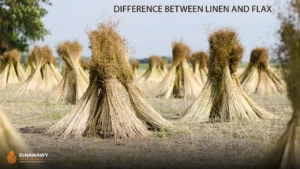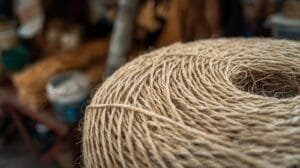Flax Yarn’s Comeback in Sustainable Living
Flax yarn is one of the oldest known fibers in human history, and today it is making a remarkable comeback in the world of sustainable textiles. Its unique properties, natural strength, and eco-friendly profile make it highly sought-after for both traditional and modern uses. In this article, we’ll dive deep into what flax yarn is, its differences from linen yarn, and why it is often compared in the debate of flax yarn vs. linen.
We will also explore its role as an eco-friendly fiber that meets the growing global demand for sustainability.
What is Flax Yarn?
Flax yarn is a textile fiber made from the stalks of the flax plant (Linum usitatissimum). It is one of the earliest fibers cultivated by humans, with archaeological evidence showing its use in Mesopotamia and Ancient Egypt thousands of years ago. Today, flax yarn remains prized for its strength, natural shine, and breathability.
Key Features of Flax Yarn
Naturally strong, breathable, and built for sustainable use.
Durability
Longer and stronger than many natural fibers—ideal for long-lasting textiles.
Moisture-Wicking
Absorbs and releases moisture efficiently to keep fabrics cool and fresh.
Texture
Crisp to the touch yet softens beautifully with every wash and wear.
Eco-Friendly
Uses less water and fewer pesticides than cotton—better for people and planet.
This combination of qualities makes it ideal for clothing, home textiles, ropes, and even eco-friendly composites.
Uses of Flax Yarn
Flax is suitable for a wide range of knitting and crocheting projects, including:
- Lightweight summer clothing like shirts, blouses, and dresses
- Summer accessories like hats and scarves
- Tablecloths and other home décor items
- Lightweight blankets
It is worth noting that flax can also be blended with other fibers, such as wool or silk, to add warmth or sheen to the final yarn.
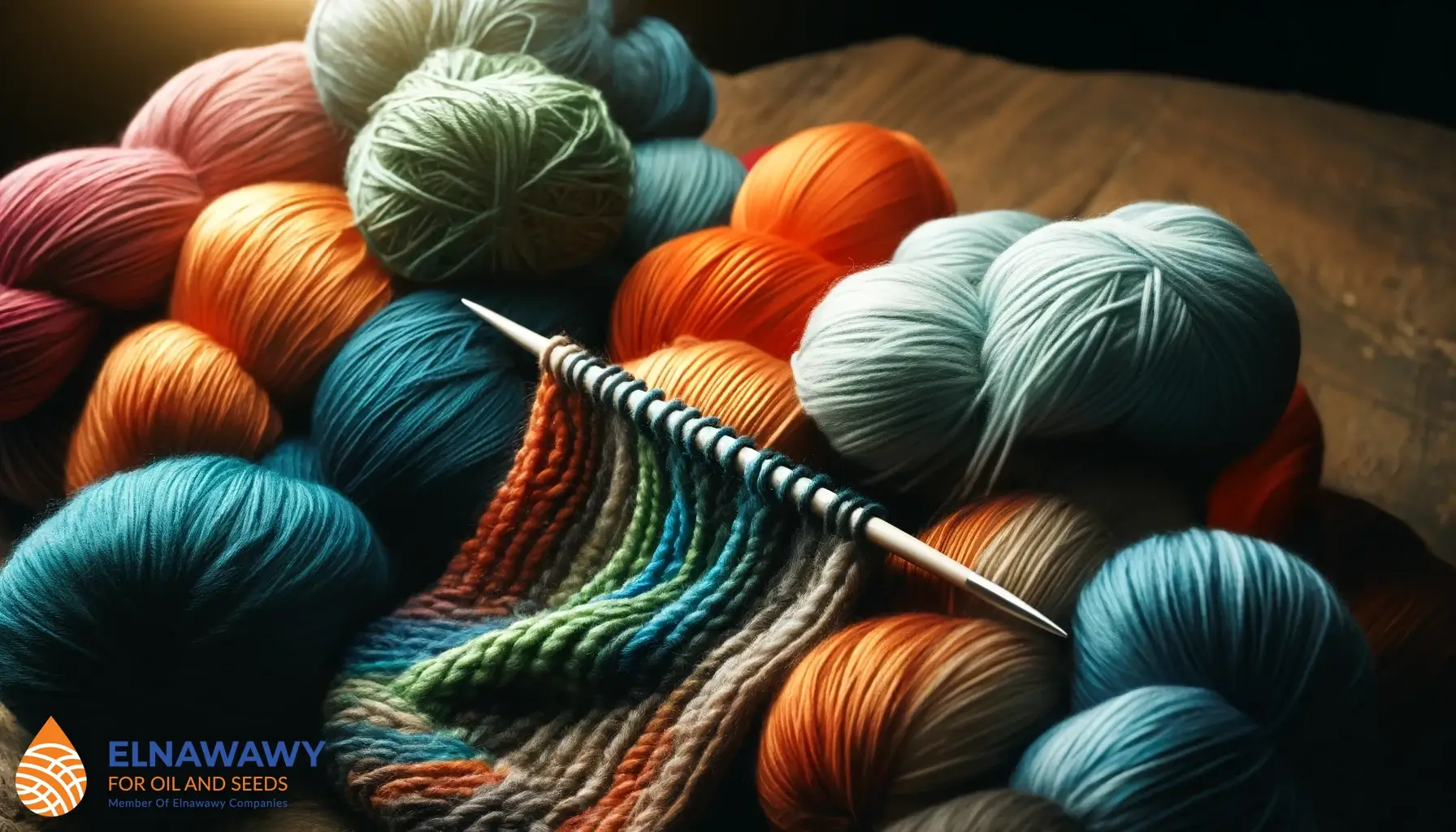
Find Out More: Best Linen Yarn for Knitting 2025
Types of Linen Fabric
Different styles of linen serve different purposes in fashion and home.
Sheer Linen
Lightweight and delicate, perfect for clothing and curtains that need elegance and breathability.
Heavyweight Linen
Durable and structured, ideal for upholstery, jackets, and outerwear that require strength.
Patterned Linen
Decorative and versatile, often used in tablecloths, bedding, and interior accents.
Find Out More: Hemp vs Linen: A Sustainable Showdown in Natural Fabrics
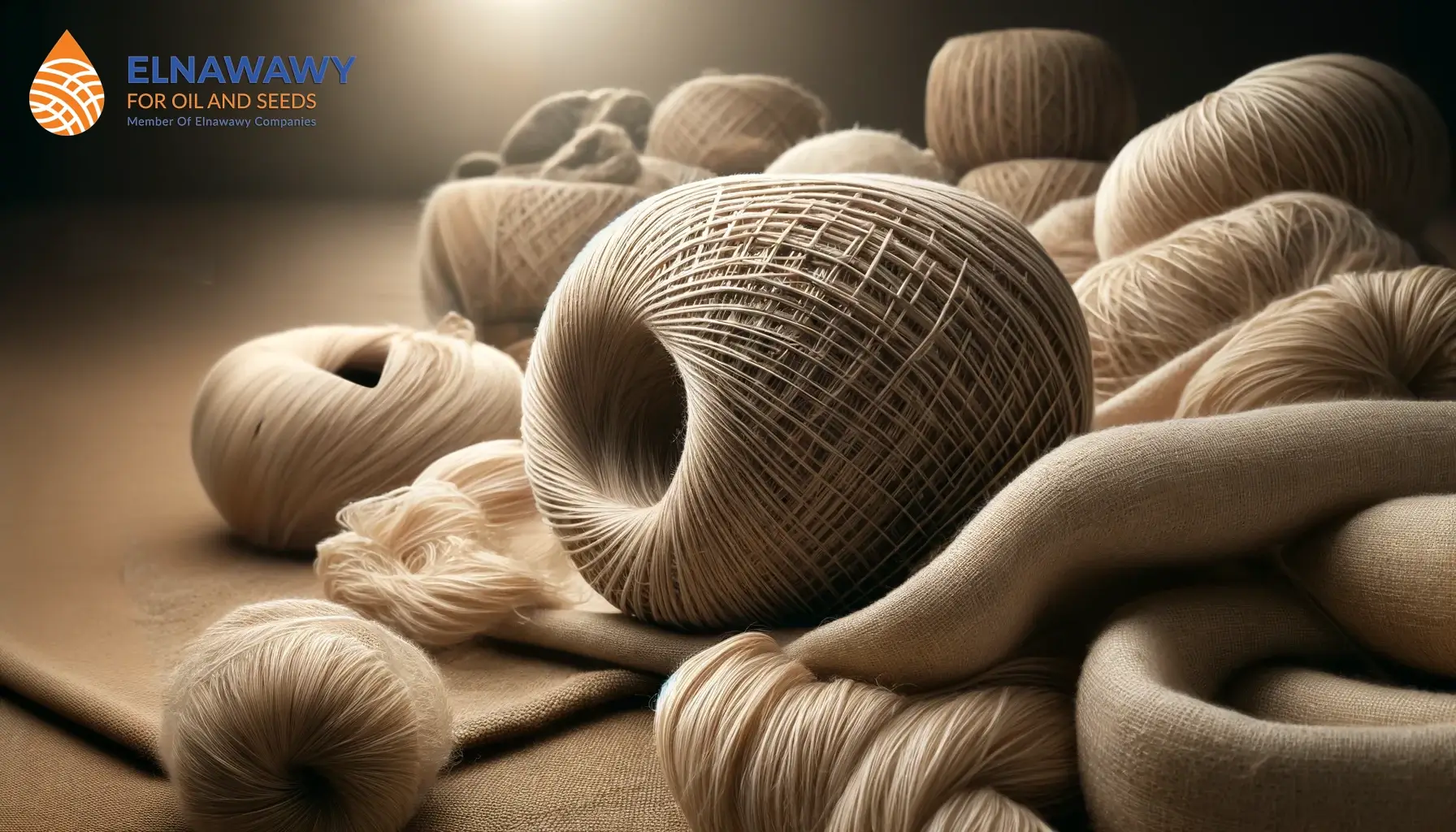
Flax Yarn vs. Linen: What’s the Difference?
Many people use the terms interchangeably, but here’s the key distinction:
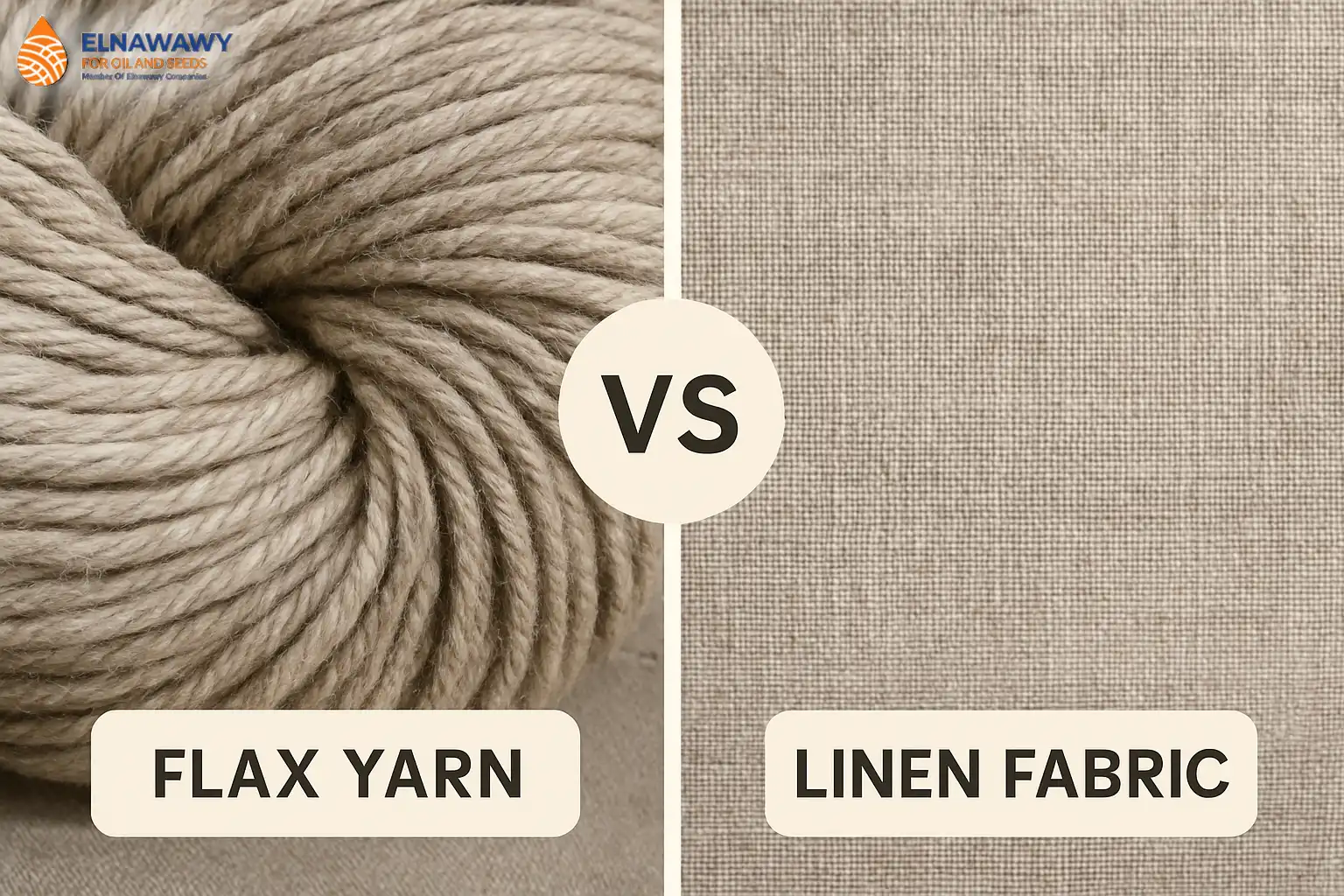
Flax Yarn
Linen (Fabric)
Simply put: Flax yarn is the raw fiber; linen is the final product.
Why Flax Yarn is an Eco-Friendly Fiber?
In an era where sustainability is a top priority, flax yarn has gained attention as an eco-friendly fiber. Here’s why:
Low Water Usage: Flax requires significantly less water than cotton to grow.
Minimal Chemicals: It can thrive with little to no pesticides or fertilizers.
Biodegradability: Flax yarn is 100% biodegradable, leaving no toxic waste.
Carbon Sequestration: Flax cultivation helps absorb CO₂, reducing greenhouse gases.
Durability: Longer lifespan means fewer replacements, reducing textile waste.
This makes flax yarn one of the most sustainable options available in the textile industry today.
Historical Significance of Flax Yarn
Flax yarn has played a vital role in civilizations:
Ancient Egypt: Used for mummification wrappings and royal garments.
Europe in the Middle Ages: Flax cultivation spread widely, fueling linen production.
Colonial America: Flax was a staple crop for clothing and household textiles.
Its longevity as a material shows its unmatched combination of practicality and beauty.
Flax Yarn in Modern Textiles
Today, flax yarn continues to be in high demand, especially in industries focused on sustainability.
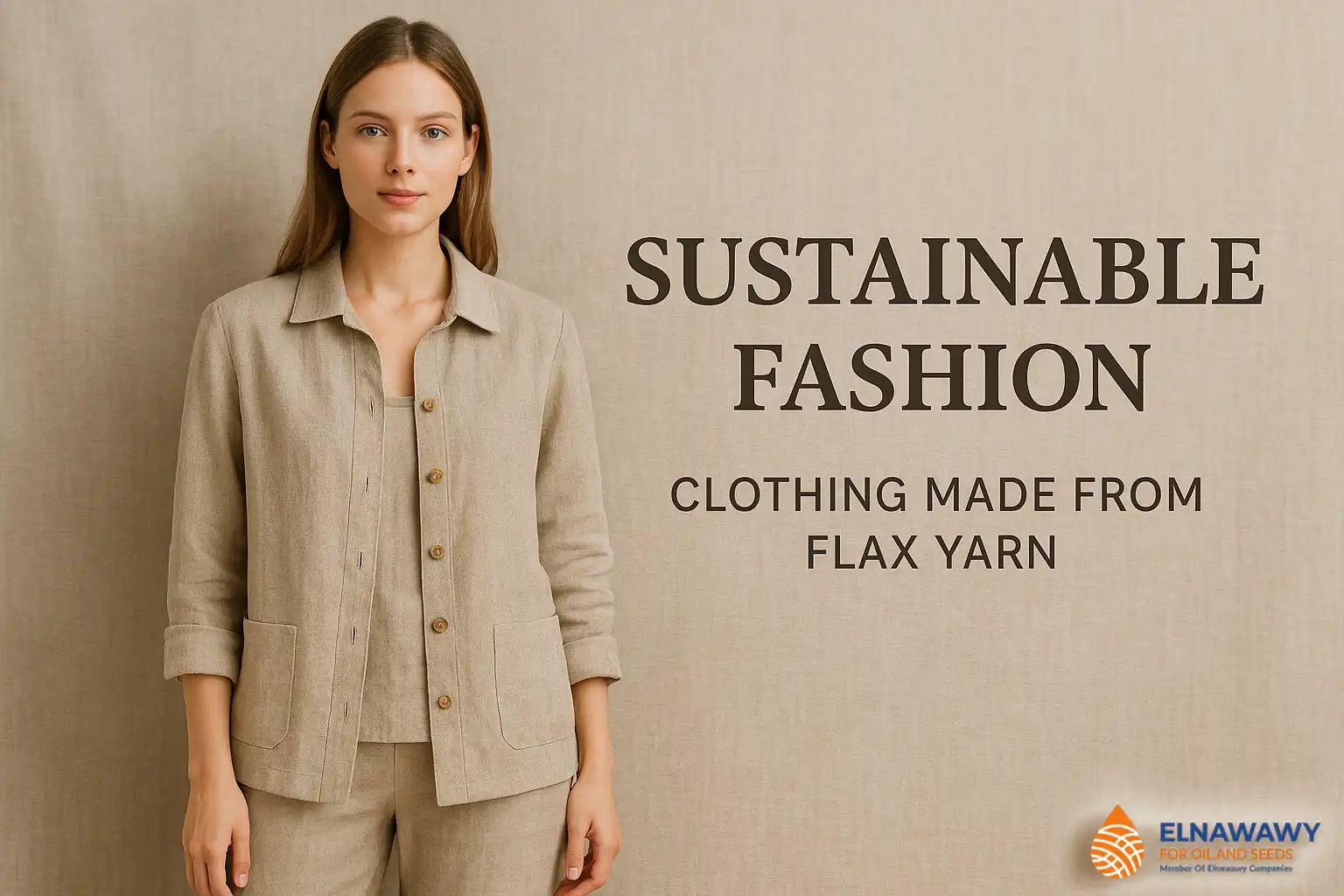

Common Applications:
Fashion: Used in summer clothing, lightweight suits, and eco-fashion collections.
Home Textiles: Curtains, bed linens, and upholstery.
Industrial Use: Strong ropes, twines, and eco-friendly composites in construction.
Flax yarn’s adaptability across multiple sectors highlights its timeless relevance.
Trusted by textile leaders for 50+ years
Advantages of Flax Yarn Over Other Fibers
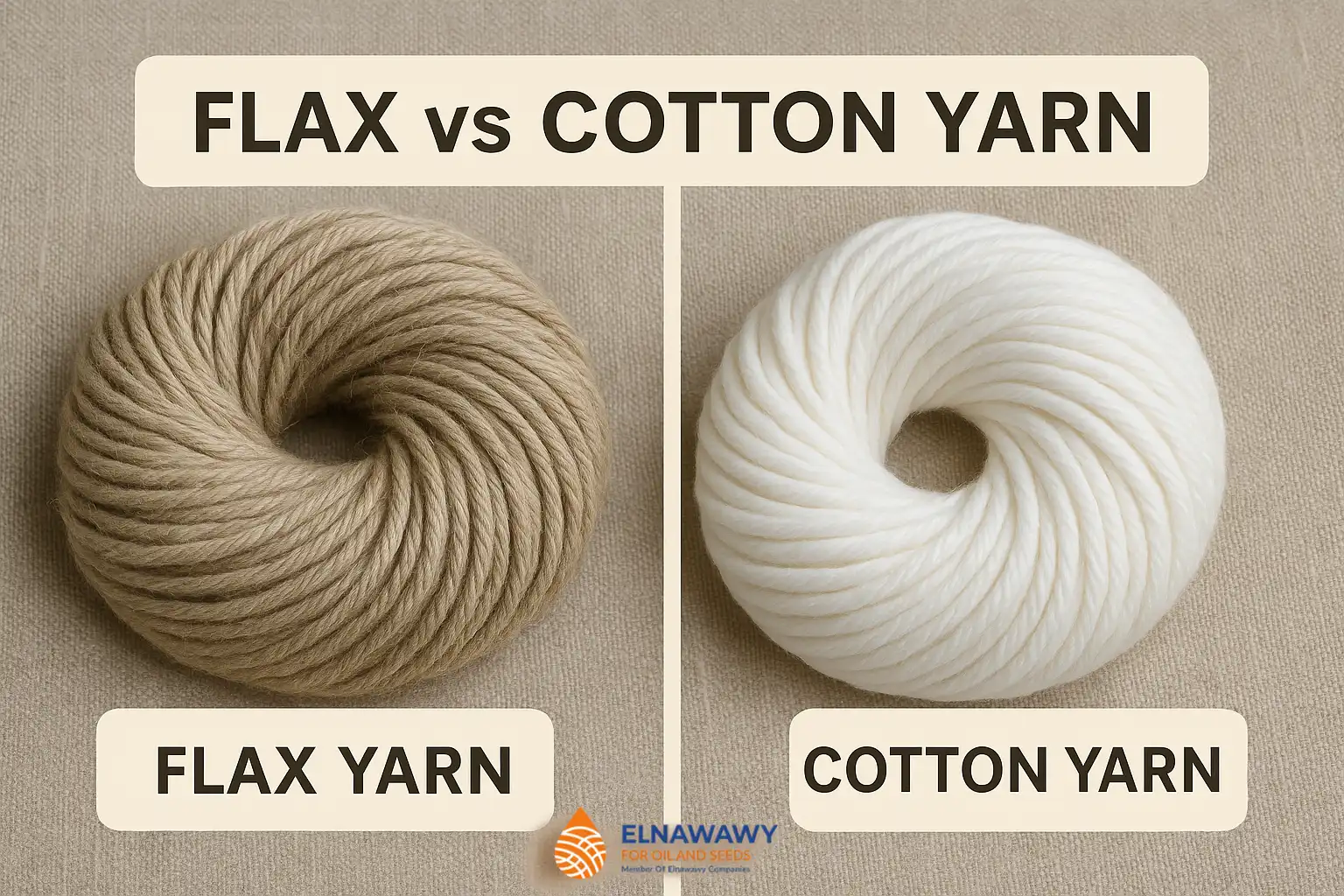
Compared to Cotton
Requires less water and has greater durability.
Read more: Linen vs Cotton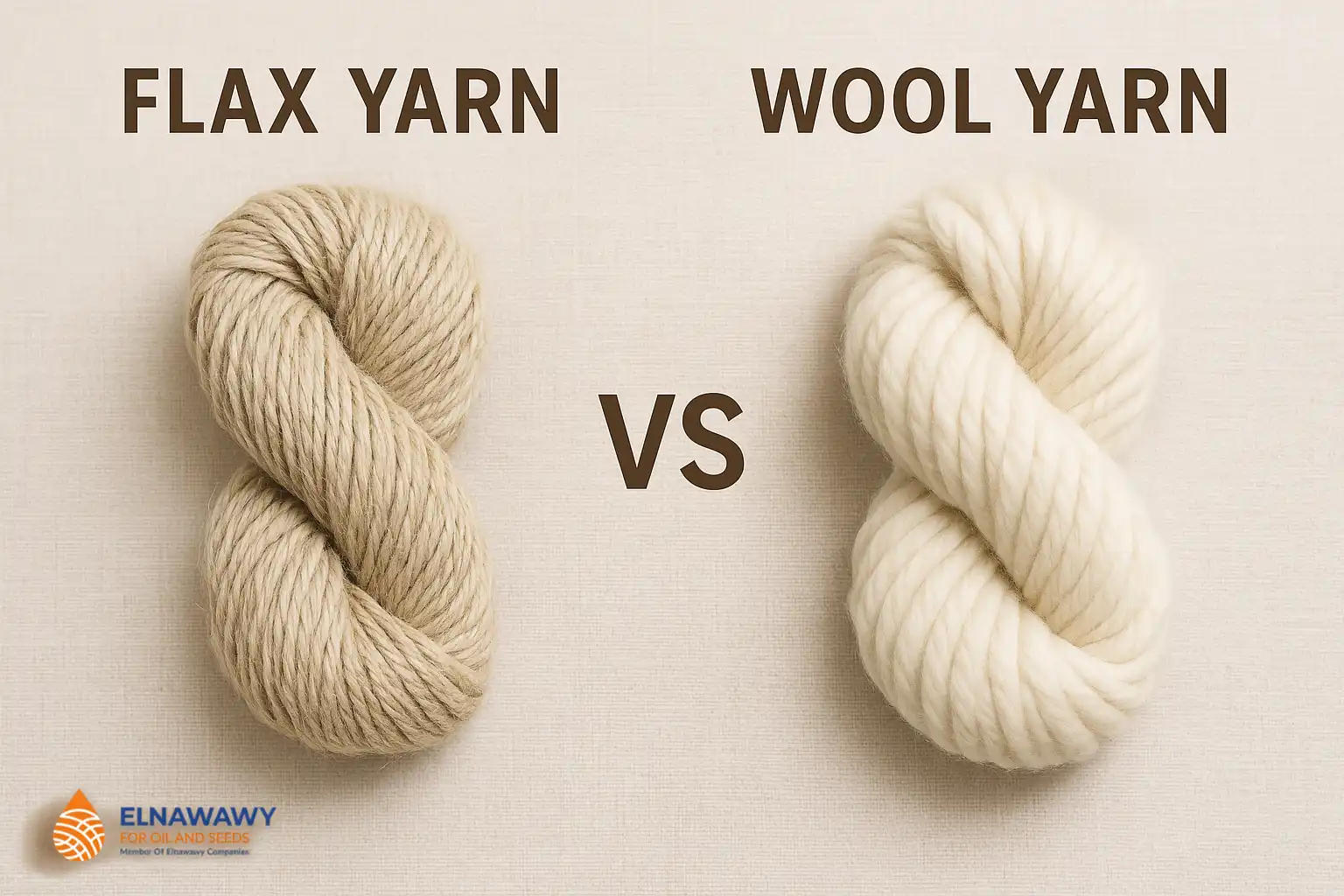
Compared to Wool
Lighter and cooler, perfect for warm climates.
Read more: Hemp vs Linen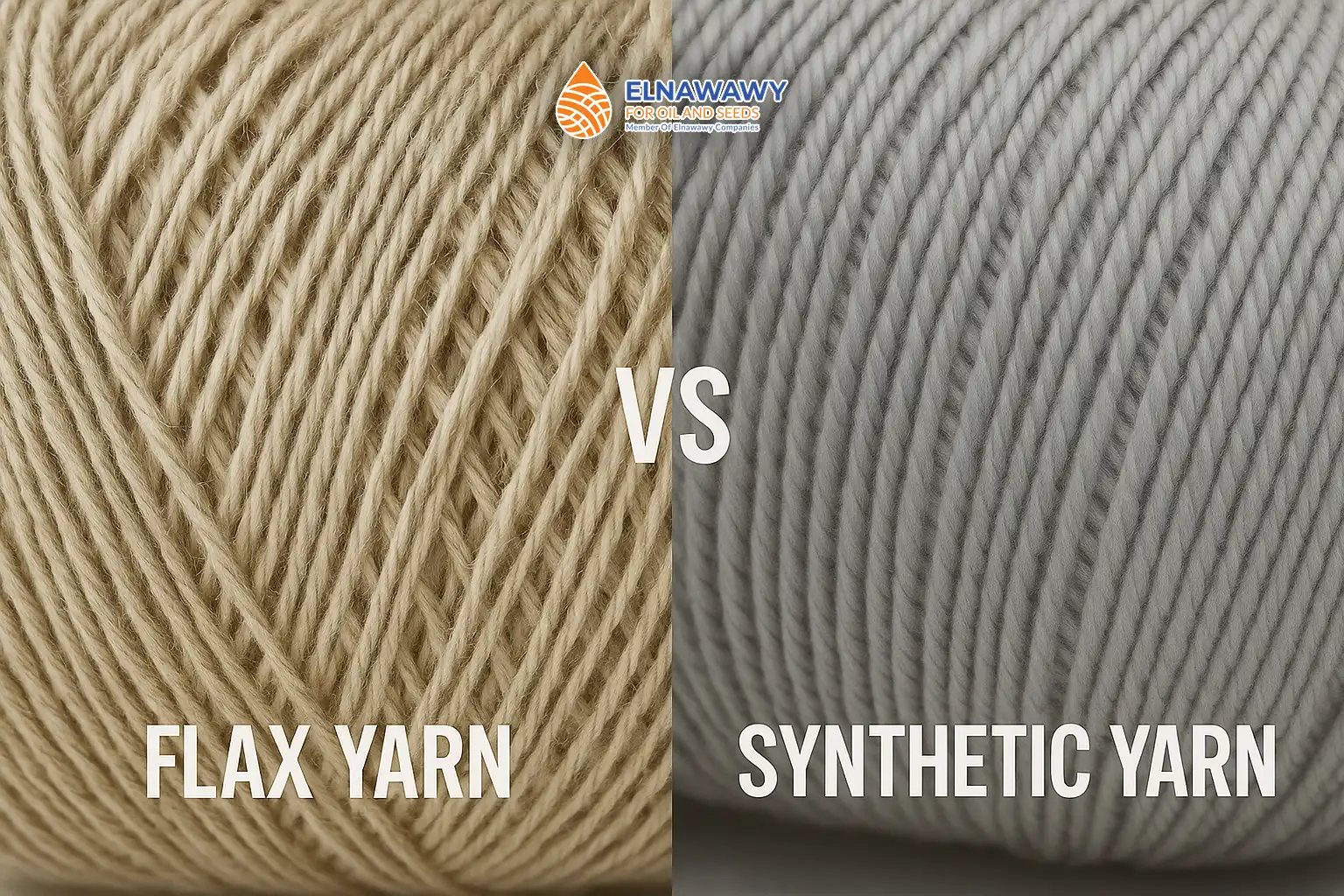
Compared to Synthetic Fibers
Non-toxic, biodegradable, and naturally breathable.
Read more: Linen SustainabilityThis makes flax yarn an outstanding choice for those who value both performance and environmental responsibility.
The Future of Flax Yarn
With global demand for sustainable textiles on the rise, the future of flax yarn looks promising. Innovations in cultivation, processing, and blending will further enhance its usability. Additionally, consumer awareness of eco-friendly fiber choices will likely boost flax yarn’s market presence.




